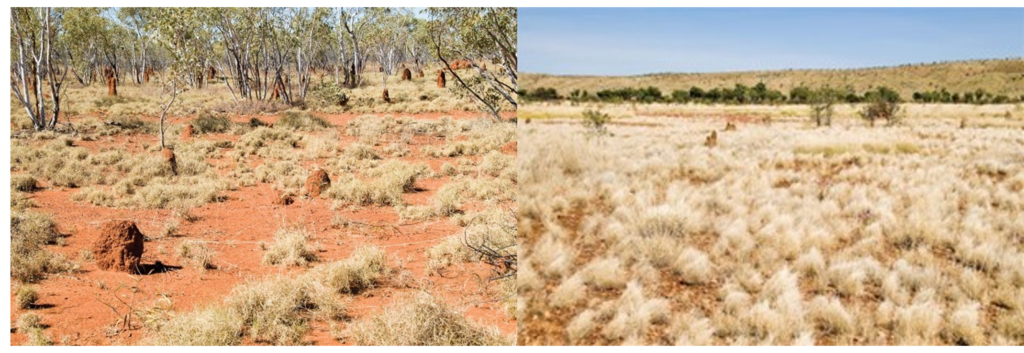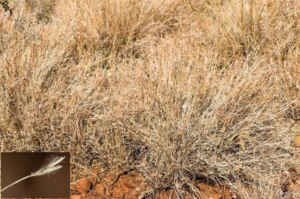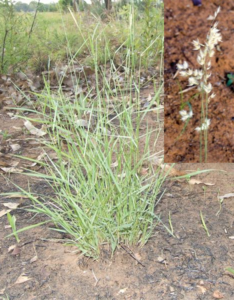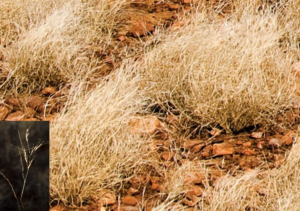Unlocking the secrets of Kimberley’s rangeland pastures: a basic guide
As seasonal variation impacts pastures, it is worthwhile for pastoralists to familiarise themselves with pasture assessments and identify the types of pasture on their property, if not already known. This knowledge will enable effective management of pasture resources. This article delves into key aspects of pasture condition, identification, and assessment tools commonly employed by government staff.
Using identifier grasses for pasture type determination
Certain grasses, known as ‘identifier grasses’, are associated with specific pasture types. These grasses remain present regardless of pasture condition and are instrumental in determining the pasture type. Soil type, landscape position, and identifier grasses collectively aid in distinguishing between the 17 Kimberley pasture types.
Understanding pasture condition and quality
Pasture condition assesses the current state of vegetation in relation to the expected optimal condition, considering landscape features, soil quality, climate, and vegetation potential. It is categorised as good, fair, or poor based on its proximity to the optimal state. Identifying the specific pasture type is crucial before conducting a condition assessment.
Pasture quality is determined by the relative pastoral value of plant species. Desirable species, typically perennial grasses, offer long-term feed and erosion protection, while intermediate and undesirable species contribute to pasture condition and grazing value.
Combining insights into both pasture condition and quality is crucial for effective pasture management and sustainable grazing practices.
Pasture condition decline and transitions
Pasture condition decline occurs when desirable species are replaced by less desirable ones, the plant cover decreases, erosion accelerates in the area, or the production of palatable perennial species diminishes. Transitions between states may not always be reversible, but management changes can alter states and sometimes the pasture type, influencing grazing value and productivity.
Table 1: General characteristics of desirable, intermediate, and undesirable species
Assessing pasture condition
Assessing pasture conditions can be done at any time of the year, focusing on the species present and their density. The frequency of assessments depends on the pace of pasture condition changes, with yearly assessments allowing for early detection of changes. Selecting appropriate sites for assessment, tracking changes over time, and maintaining records are crucial components of effective pasture condition management.
Interpreting pasture condition
Good pasture condition:
- Desirable species are dominant, vigorous, and evenly spaced.
- Some intermediate perennial and annual grasses may be present.
- Undesirable species are rare.
- Desirable species are reproducing.

Fair pasture condition:
- Intermediate species make up 30% to 50% of the stand.
- Desirable and undesirable species share the remaining space.
- Groundcover is less than optimal, with patches of annual grasses.

Poor pasture condition:
- Undesirable and intermediate species dominate.
- Desirable species are rare or absent.
- Desirable species, if present, are usually stunted and unproductive.
- Groundcover may be sparse or patchy, with large bare areas.

This article can act as a guide for individuals interested in the land health and productivity of Kimberley’s rangelands. For more information visit the DPIRD website.
For further training opportunities, be sure to check out the FutureBeef calendar to see when the next MLA Grazing land management EDGE course is on.


